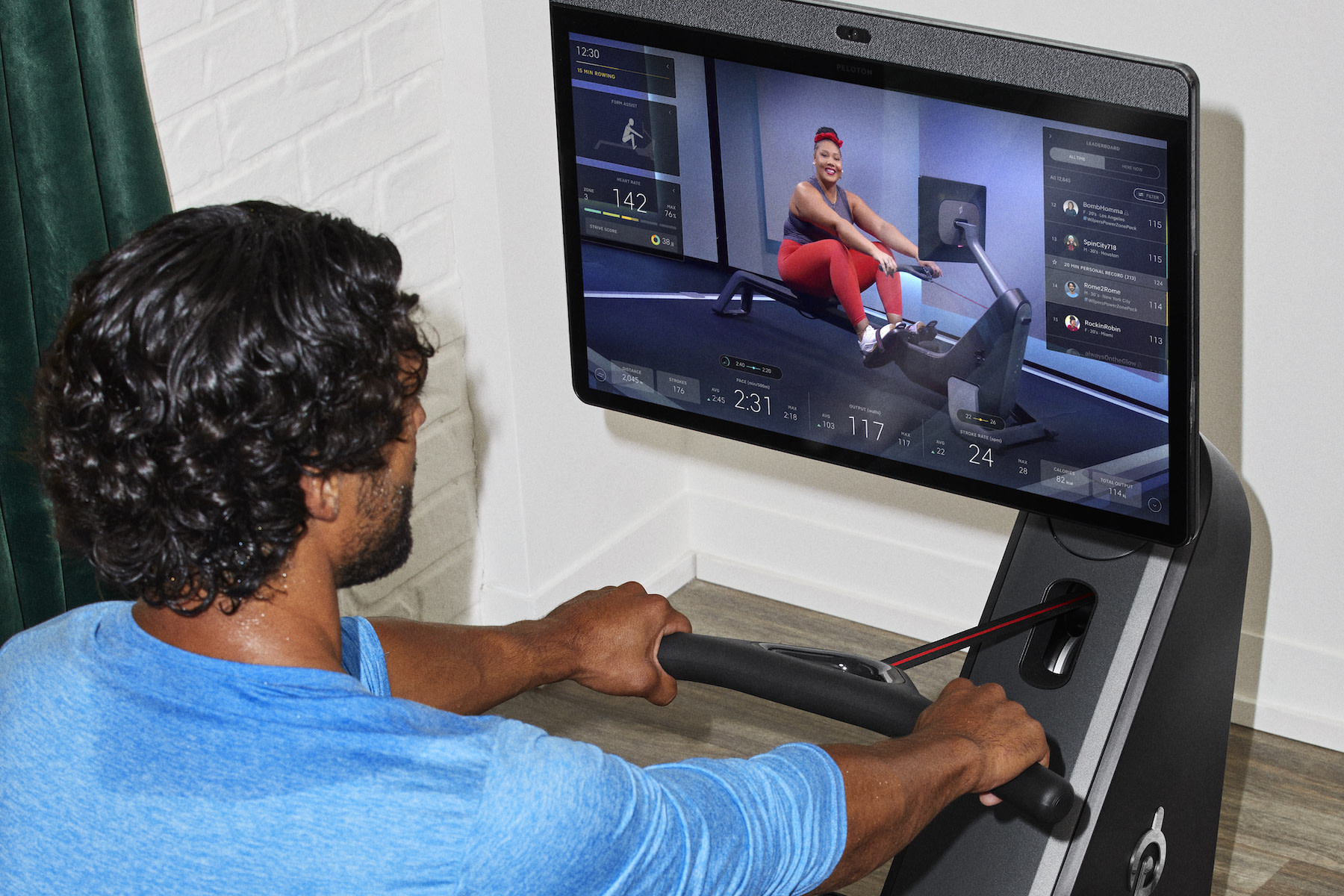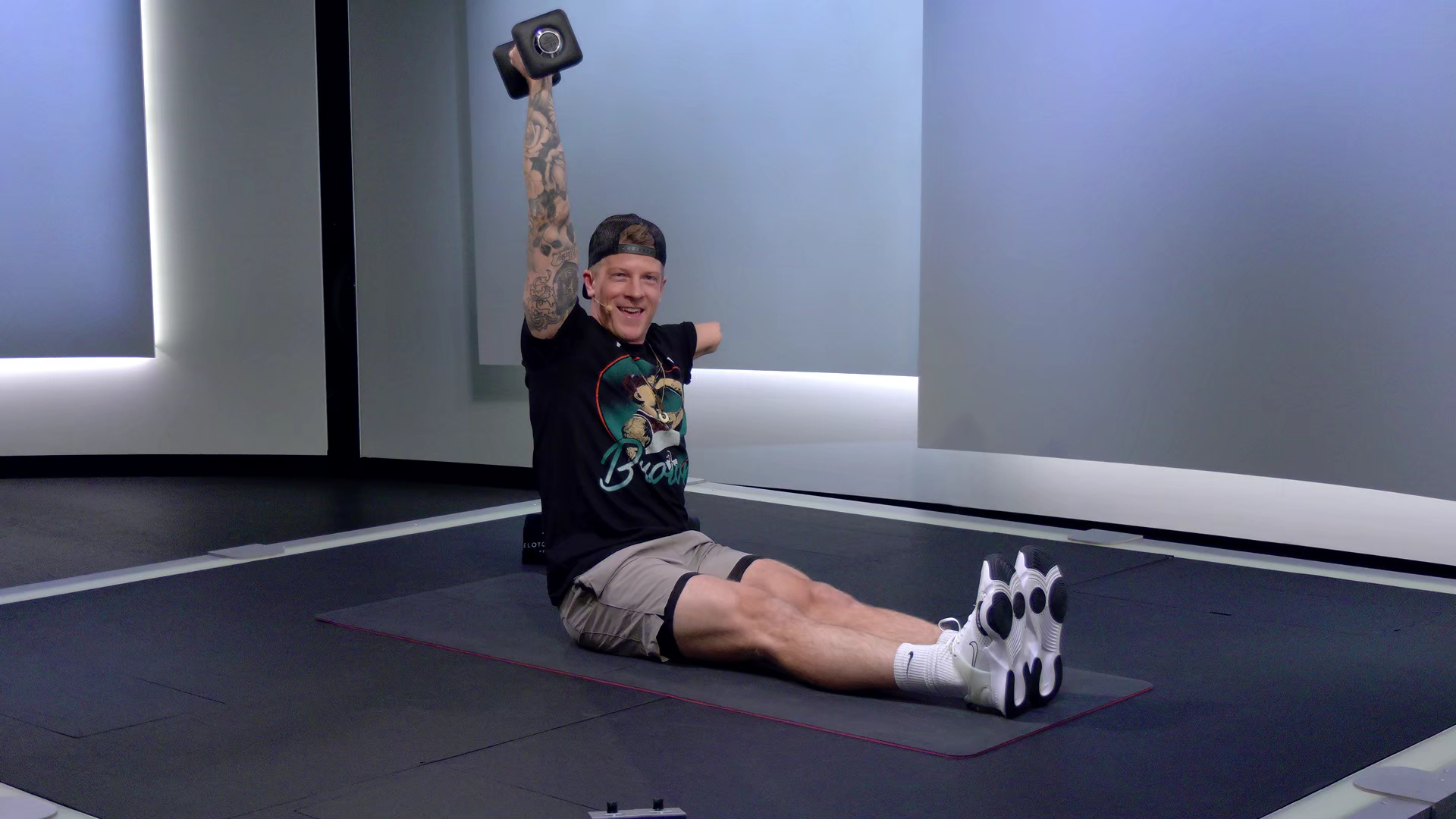
Calluses from Lifting And Rowing? Here’s Why You Should Leave Them Alone
Care for your callused hands and wear them with pride.
By Karen Asp•
What Causes Calluses?
How Calluses Can Benefit You
How to Build Calluses
How to Care for Callused Hands
If you’ve recently added strength training or rowing to your fitness program, you may have noticed something new on your hands: Calluses. Your gut instinct might be to get rid of the calluses on your hands, as they’re not the most pleasant, but not so fast.
While they’re not always the most attractive, rowing or weightlifting calluses come with some surprising benefits that could aid your fitness performance. Here’s what you need to know about calluses from lifting and rowing and how to handle them.
What Causes Calluses?
Calluses are thickened areas of skin caused by repeated friction or pressure on a specific area of the skin. “The body naturally forms calluses as a protective mechanism to prevent blisters and skin damage,” says Dusan Sajic, MD, PhD, assistant adjunct professor of clinical medicine at McMaster University in Ontario, Canada, dermatologist, former competitive rower, and an avid Peloton user.
While various activities can cause calluses on your hands, they’re common in strength training and rowing. In fact, a 2022 study from the journal Medicina found that 69 percent of rowers, including competitive and non-competitive ones, had calluses on their hands most of the time. The hands, palms, and fingers are areas where calluses typically develop in these two activities. “The constant gripping of weights, oars, or handlebars creates pressure and friction on the skin, which causes calluses to form,” Dr. Sajic says.

How Calluses Can Benefit You
Calluses can undoubtedly be less-than-pretty and even uncomfortable for some people. That’s because they might be pressing into the surrounding skin.
Yet calluses serve a surprising purpose, namely aiding your fitness endeavors. “Calluses provide a layer of protection and help distribute pressure more evenly across the skin, which can reduce the risk of blisters and skin tears,” Dr. Sajic says. That, in turn, can help you train more consistently and effectively.
Take, for instance, rowing. “Calluses can help provide a better grip on the oars or handle, which is important for maintaining proper technique and maximizing power output,” says Peloton instructor Logan Aldridge. And because blisters and other skin injuries on the hands are common in rowing, those calluses can serve as a protective layer.
Meanwhile, when you’re strength training, those calluses can help you get a better grip on equipment like barbells or dumbbells. And you’ll avoid getting irritated or torn skin, which will only interfere with your training, Logan says.
How to Build Calluses
So instead of wondering how to get rid of calluses on your hands, should you actually be trying to help them form? If you want to aid your training, the answer is yes.
Calluses take time to form, so first-time rowers or weight lifters may start noticing them within a few weeks of consistent activity, depending on your skin type, intensity of activity, and training frequency. Yet fear not. “The skin adapts to the increased friction and pressure by thickening and forming a protective barrier,” Dr. Sajic says.
To build those calluses to aid your rowing or strength training, follow these tips:
1. Gradually increase your training volume: Start with shorter sessions and slowly increase the amount of time you spend on the rower or in the gym. “This will give your skin time to adapt to the friction and pressure and help prevent blisters and other injuries,” Logan says.
2. Think about your grip: Using proper technique, especially when it comes to gripping, can help reduce the amount of stress on your hands and fingers, Logan says. In rowing, maintain a firm grip on the handle without overgripping. Same goes for lifting weights. Keep that grip consistent but don’t grip so hard that you’re hurting your skin. (You may also want to work on improving grip strength.)
3. Protect your hands: In some cases, using gloves, grip pads, or athletic tape can help protect your hands and prevent excessive callus formation. This can be particularly helpful for those new to strength training or rowing or those with sensitive skin, Dr. Sajic says. (For single-arm rowers, check out the hook attachment that Logan created, which allows for better grip stamina and power. He also wears a wrist sweatband and a gymnastics grip to aid his hand.)

How to Care for Callused Hands
Although calluses do have benefits, that doesn’t mean you shouldn’t take care of your hands. Follow these strategies:
1. Moisturize Your Hands
Regularly moisturizing your hands with a high-quality lotion or hand cream can help maintain skin elasticity and prevent cracking or peeling, Dr. Sajic says. Moisturizing is especially crucial if you wash your hands frequently or are exposed to harsh environmental conditions or chemicals like cleaning solutions or hand sanitizers. If possible, wear gloves if you have to handle harsh chemicals, Logan says.
2. File Calluses Gently
If your gym calluses become excessively thick or rough, you can gently file them down using a pumice stone or a fine-grit emery board. Just don’t overfile, as this can lead to irritation or injury, Dr. Sajic says.
3. Avoid Cutting or Trimming Calluses
Cutting or trimming your calluses from lifting can lead to painful skin tears or infections. “Instead, allow your calluses to develop naturally and maintain them through moisturizing and gentle filing,” Dr. Sajic says.
4. Take Rest Breaks
Doing this between training sessions can give your hands time to recover and heal any minor injuries, Logan says.
5. Check for Signs of Infection
Although rare, calluses can become infected if not properly cared for. Signs of infection include redness, swelling, or discharge. Consult a healthcare professional if necessary, Dr. Sajic says.
6. Treat a Cracked Callus
If your skin isn’t well moisturized, a callus can easily crack, which can increase your risk of infection, Dr. Sajic says. To treat a callus, first clean the area with mild soap and water. Then apply an antibiotic ointment and cover the area with a sterile bandage to keep dirt and bacteria from getting in. Make sure you’re keeping that area moisturized as it heals. If that crack is severe or doesn’t heal within a week, consult a healthcare professional.
Now that you know what causes calluses and how to care for your hands, it may not be a bad idea to embrace them as a positive sign. “Although calluses aren’t the ultimate goal of fitness training but rather a side effect, they’re physical evidence that you’re putting in the time and effort to improve your skills and strength, which can be a powerful motivator to keep pushing yourself and reaching new goals,” Logan says.
This content is for informational and educational purposes only and does not constitute individualized advice. It is not intended to replace professional medical evaluation, diagnosis, or treatment. Seek the advice of your physician for questions you may have regarding your health or a medical condition. If you are having a medical emergency, call your physician or 911 immediately.
This content is for informational and educational purposes only and does not constitute individualized advice. It is not intended to replace professional medical evaluation, diagnosis, or treatment. Seek the advice of your physician for questions you may have regarding your health or a medical condition. If you are having a medical emergency, call your physician or 911 immediately.
LEVEL UP YOUR INBOX.
Subscribe for a weekly dose of fitness, plus the latest promos, launches, and events.
By providing your email address, you agree to receive marketing communications from Peloton.
For more about how we use your information, see our Privacy Policy.


